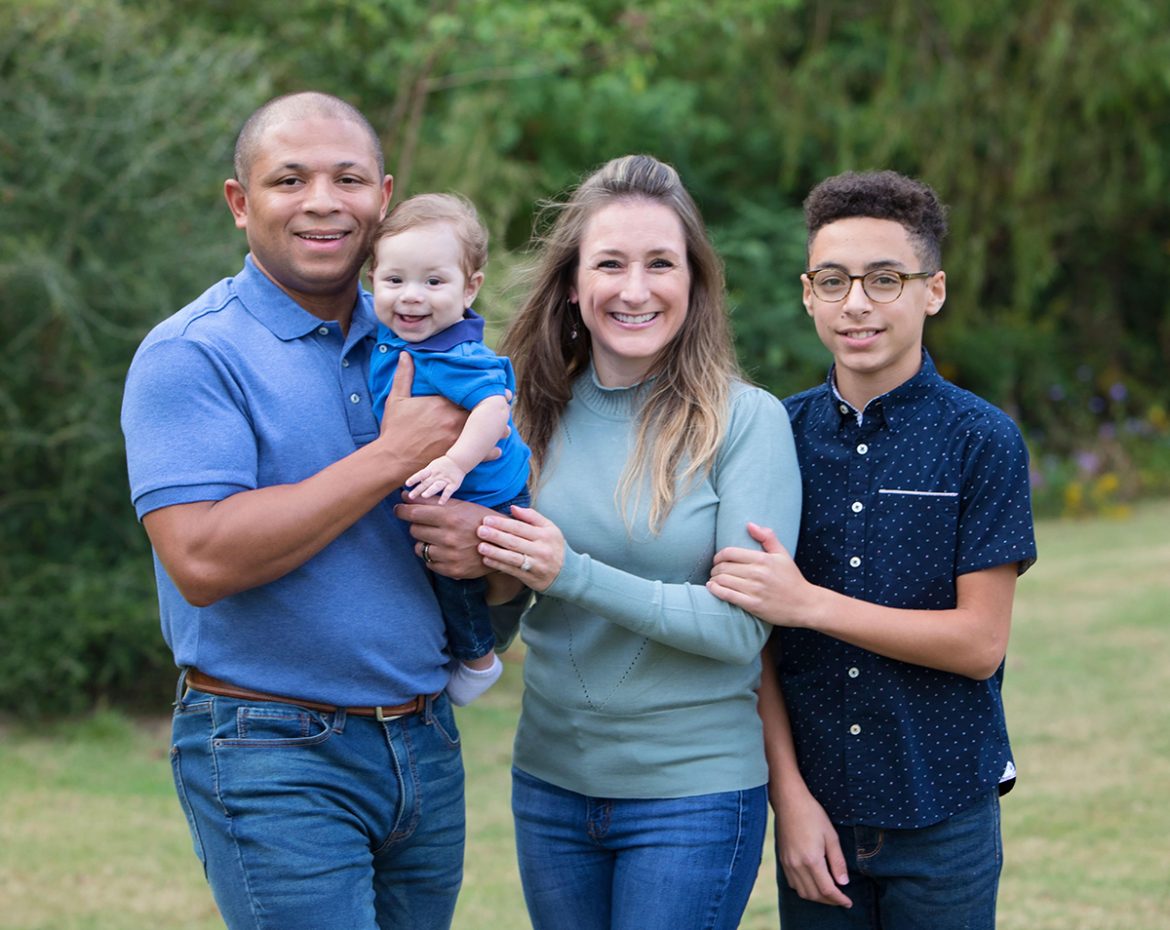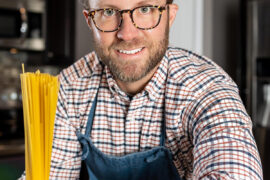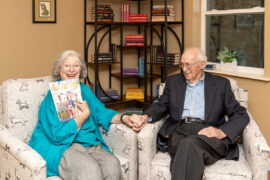Living with a Child Who Has Hypoplastic Left Heart Syndrome
However, long before Eli’s birth, his mother Narissa Behrens-Brown was going through a rollercoaster pregnancy. In January 2020, Eli was diagnosed with Hypoplastic Left Heart Syndrome (HLHS). In layman’s terms, this meant that Eli was only going to be born with half a functioning heart; only the right side of his heart would develop and would be responsible for pumping blood.
“Life completely changed on January 10,” Behrens-Brown recalls. “When we made it back to our car, we sat there, cried, and prayed for a while. We were in shock. I, of course, blamed myself, because sometimes I just can’t sit down and relax. Did I do too much at work? Is it our ages? However, I was constantly reminded by doctors that this condition is very rare, and nothing could’ve been prevented.”
People from across the country recommended that they go to Dr. Benjamin Peeler and Dr. Kathryn Smiley at Ochsner Baptist in New Orleans for the miracles they seemed to work with HLHS babies.
After the COVID pandemic started, their stress increased significantly. “Most visits, I had to be by myself – thankfully, the team always made me feel welcome and comfortable,” she says. “The cardiology team turned into our second family.”
Luckily, Behrens-Brown had no challenges or issues when carrying Eli – the challenges would begin as soon as he was born. The plan was for him to be born at Ochsner Baptist, and then he would be transported to Ochsner Main Campus’s cardiovascular intensive care unit so he could undergo his first of three open-heart surgeries: the Norwood at a few days old, the Glenn at six months, and the Fontan around four years.
On May 11, Eli was born. “We were only able to spend a few minutes with him before he needed to be transported to Main Campus,” Behrens-Brown says. “Before he left, we got to see him in this very large incubator and hooked up to different machines. Reality began settling in.”
Eli was eventually able to head home – thanks to a single ventricle monitoring program. The Browns were given the tools and resources to record Eli’s weight, pulse, food intake, dirty diapers, and temperature every day until his second open-heart surgery. They then had to input all of that information into an iPad provided by Ochsner. If the numbers weren’t good, a nurse would call immediately to check on him.
Through the difficult times, there was levity. RJ, Eli’s older brother, was unable to meet his new sibling while he was in the hospital due to everything going on. Behrens-Brown remembers the day they brought Eli home fondly. “Seeing RJ interact with Eli was one of my proudest moments to experience as a mother,” she states. “There were so many tears of joy!”
“The entire process was gut-wrenching and traumatizing, as a parent. Nothing can prepare you. I still have moments of hearing those machines or Eli screaming at the top of his lungs because he didn’t like the teams coming in the early mornings,” she says. “But now, he’s like the Energizer Bunny. Eli’s heart will never be fixed, but with the advancements in medicine we pray he will have a full life ahead, being adventurous in every way – with only half of his heart functioning!”
Behrens-Brown would like to thank God; her friends, family, neighbors, and prayer groups; Dr. Shahira Hanna, Kara Robinson, and Lanie Kovacevich; Dr. Jessica Mouledeaux and Anne Orillion; Dr. Benjamin Peeler and Dr. Kathryn Smiley; Dr. Stephen Fortunato and Dr. Diego Lara; the Association of Child Life Professionals; and Discovery Child Care Center.





